
Wave's knowledge:
Krill consistst of very small animals that live in the sea. They are usually no bigger than your index finger. Yet they are important for life underwater.
Immerse yourself in the ocean when you play Seamulation and learn how whales can help the planet! Whale poo functions as fertiliser for the growth of phytoplankton in the oceans. The phytoplankton then absorb 40% of the carbon dioxide (CO2) produced by humans and produce 50% of the oxygen (O2) that we all need to survive.
Get behind the controls and see for yourself how beautiful the world could be if we take action against climate change and biodiversity loss.
With the help of the many pop-up texts you can delve further into the functioning of the ocean. Please then help us spread the message by telling people about the Seamulation.














Meet the players. Click on an icon for more information.
The whale as an ecological engineer
The purpose of this Seamulation is to let you see how whales benefit all humans, and to show you the threats whales face and the effects of conserving whales.
| Cookie | Duur | Beschrijving |
|---|---|---|
| cookielawinfo-checkbox-analytics | 11 months | This cookie is set by GDPR Cookie Consent plugin. The cookie is used to store the user consent for the cookies in the category "Analytics". |
| cookielawinfo-checkbox-functional | 11 months | The cookie is set by GDPR cookie consent to record the user consent for the cookies in the category "Functional". |
| cookielawinfo-checkbox-necessary | 11 months | This cookie is set by GDPR Cookie Consent plugin. The cookies is used to store the user consent for the cookies in the category "Necessary". |
| cookielawinfo-checkbox-others | 11 months | This cookie is set by GDPR Cookie Consent plugin. The cookie is used to store the user consent for the cookies in the category "Other. |
| cookielawinfo-checkbox-performance | 11 months | This cookie is set by GDPR Cookie Consent plugin. The cookie is used to store the user consent for the cookies in the category "Performance". |
| viewed_cookie_policy | 11 months | The cookie is set by the GDPR Cookie Consent plugin and is used to store whether or not user has consented to the use of cookies. It does not store any personal data. |
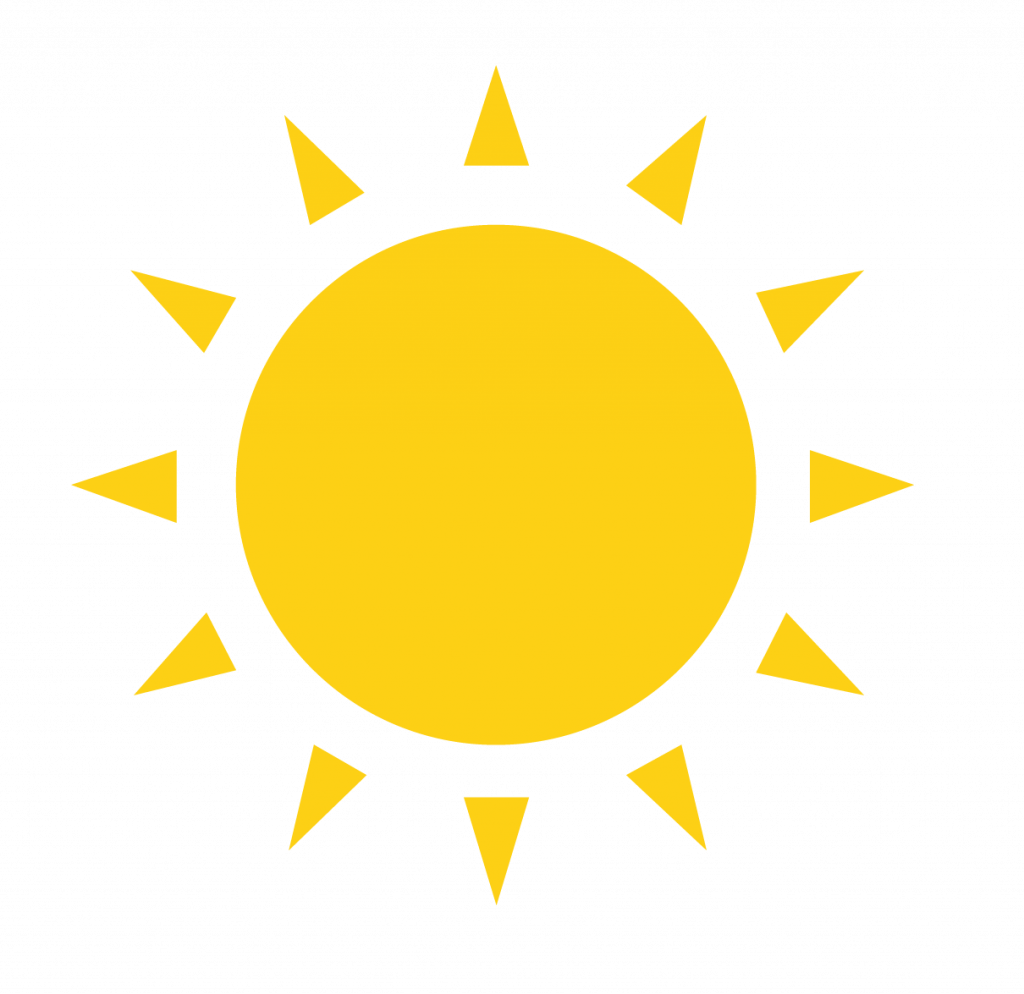
The sun shines every day. It gives the earth light and warmth. We cannot live on earth without the sun. Phytoplankton need sunlight to grow. Energy from sunlight allows phytoplankton to absorb CO2 and convert it into sugars (building materials) and oxygen. This process is called photosynthesis.
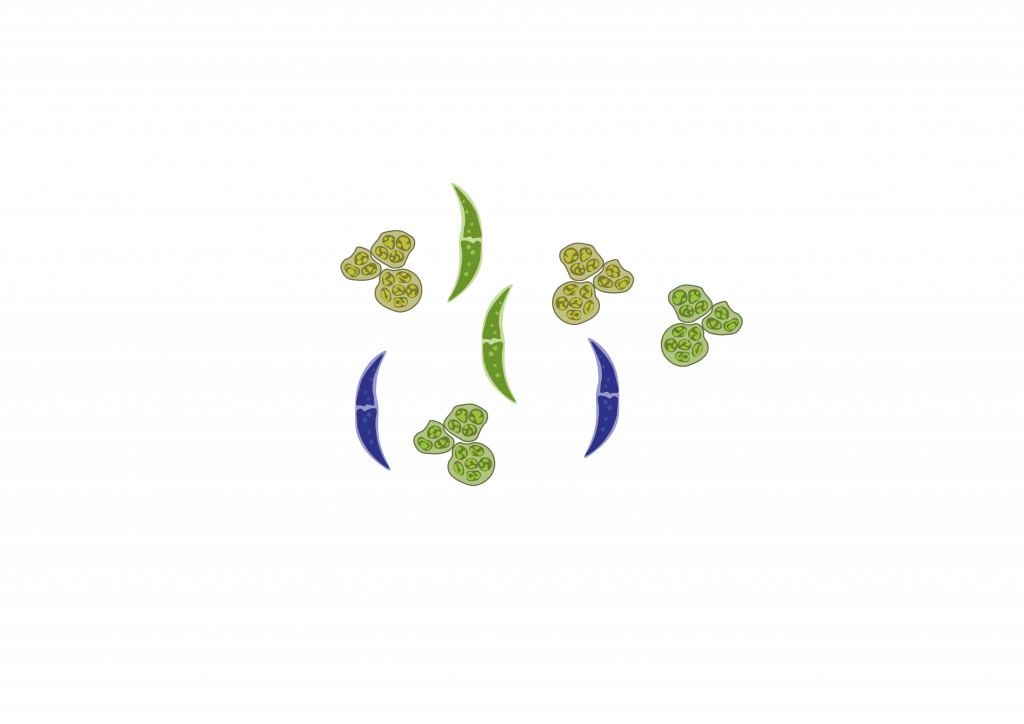
Marine phytoplankton contains tiny organisms such as algae and bacteria, which live in oceans. Phytoplankton are very important because they produce more than half of all oxygen on earth by photosynthesis. They are at the beginning of all ocean food chains. This means that they are eaten by the smallest animals, such as shrimp, crustaceans and snails. These are then eaten by slightly larger animals, and so on up the food chain.
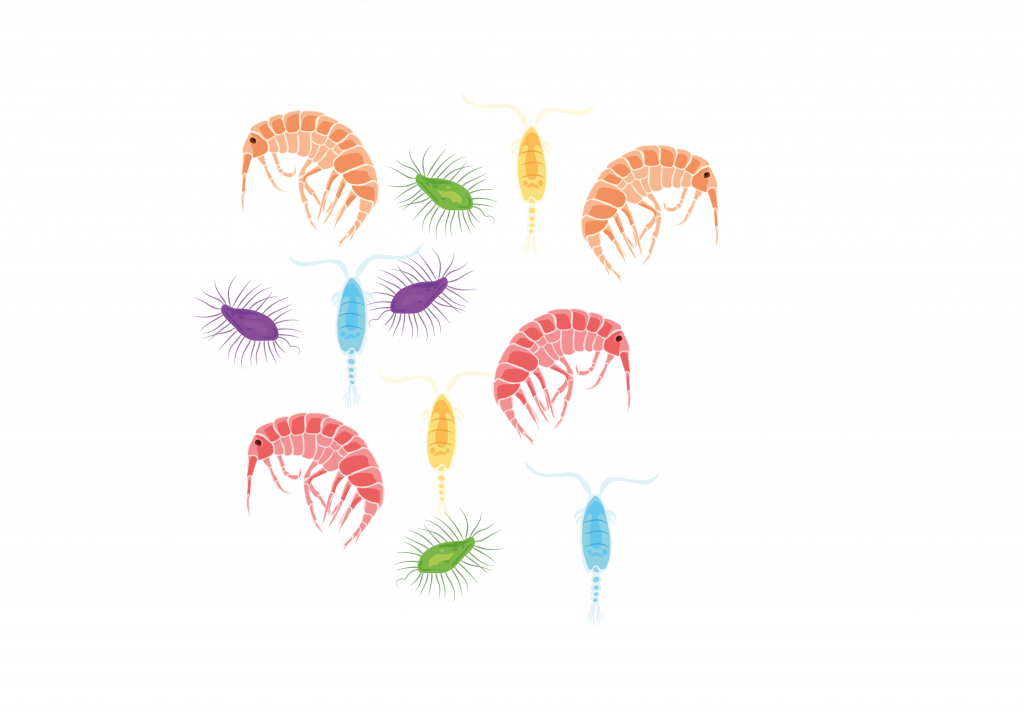
Krill are very small animals, such as crustaceans, shrimp and fish larvae that live in the sea. They are usually no bigger than your index finger. Yet they are important for life underwater. Krill are eaten by fish such as mackerel and salmon, as well as penguins, seals and whales. Due to climate change, there are fewer krill in the sea, so there is less food for their predators. As a consequence, the survival of these animals is affected.

The blue whale is the largest animal on earth. They can grow up to 30 meters long and weigh up to 200,000 kilos! Yet, they eat almost nothing but krill. They are important animals for the sea because they defecate about 4,000 kilos of poo per day. That is almost 1.5 million kilos per year! That poo contains all sorts of valuable nutrients such as iron (Fe), nitrogen (N) and phosphorus (P). Before centuries of commercial whaling, it is estimated that there were about 350,000 blue whales, but now there are only about 5,000-6,000.
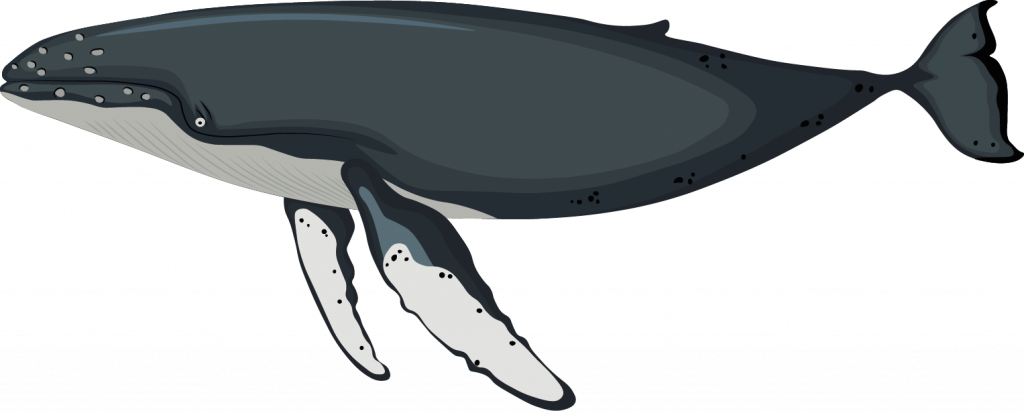
The humpback is a large baleen whale species, which can grow up to 18 meters in length. They eat krill and small fish. The humpback is the only whale species whose population has grown considerably in recent years. Unfortunately though, they still face many threats, like hunting, ship collisions, fishing nets, plastics and climate change.

There are several species of whales: 15 species of baleen whales and 75 species of toothed whales. A baleen whale filters krill and small fish from the water. Toothed whales catch their prey one by one with their teeth. The sperm whale is the largest toothed whale and can grow up to 18 m in length. These animals also catch large squid at great depths and can stay underwater for a very long time.
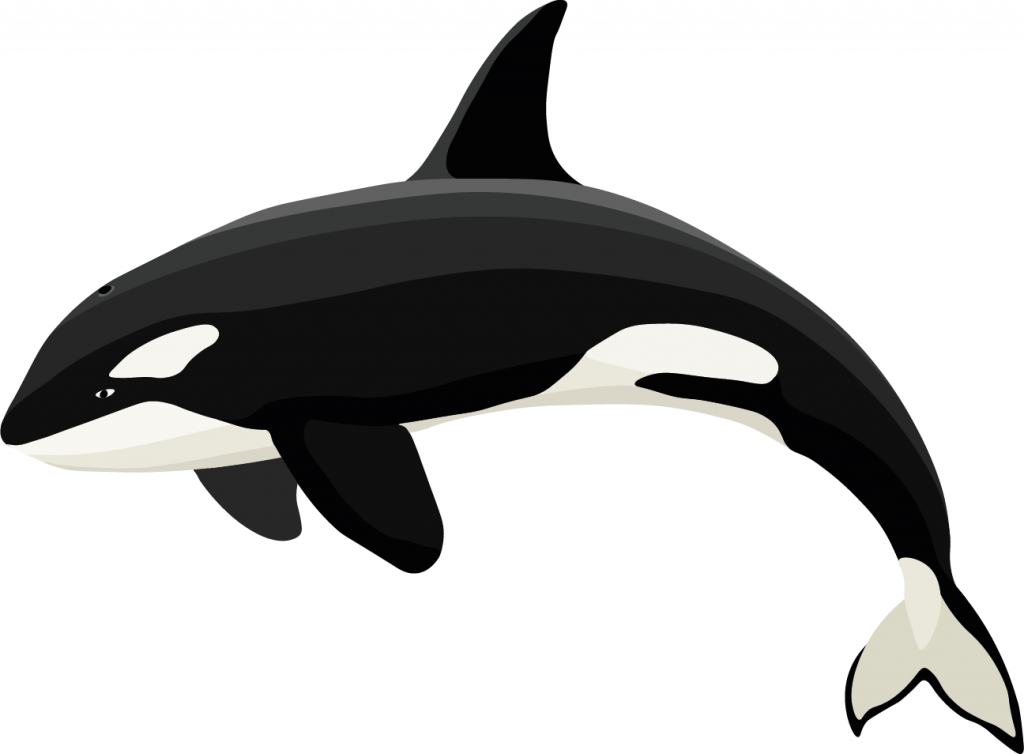
The orca is at the top of the food chain. They grow to 5 to 10 meters in length. They are super strong and fast sea predators. They eat fish, dolphins and even great white sharks and whales. Unfortunately, many orca populations are endangered.

The harbour porpoise is the most common cetacean (whale) in the North Sea. About 400,000 live there. They only weigh 50 kilos. Yet, they are important for the ocean, partly because they also produce poo and therefore provide nutrients to the sea.
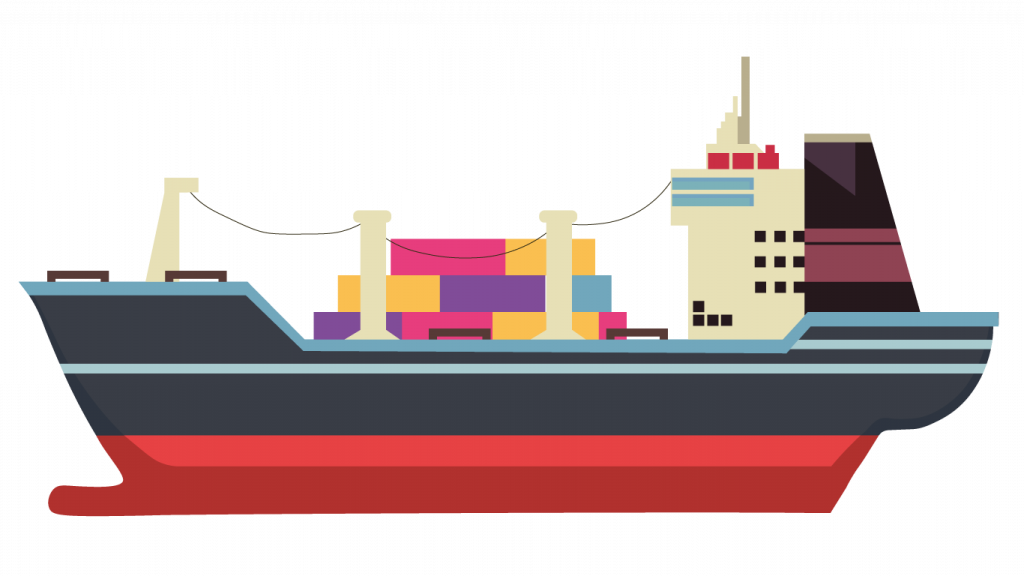
A whale and a ship can collide. When that happens, a whale gets hurt. The animal usually dies from its injuries. Whale-ship collisions are increasing due to increasing numbers of ships at sea. Sailing more slowly in areas where there are lots of whales could help to avoid collisions.
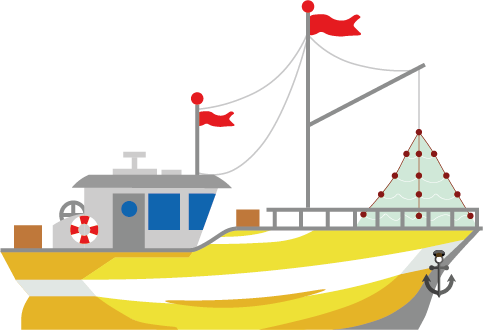
Fishing occurs in seas all over the world. Fishermen often use nets. Nets and fishing lines are regularly left behind at sea, where whales, dolphins and porpoises can become entangled and die. Also, many animals suffocate in nets that are being used for fishing. This is known as ‘by-catch’. Moreover, there is overfishing in all seas of the world, which has a negative impact on both marine life and local fishermen.
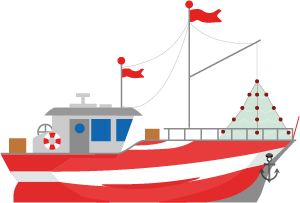
Humans have been hunting whales for centuries. Many whale species are in danger of extinction. Fortunately, whaling is now banned in most countries of the world. Researchers estimate that whaling has been responsible for a 70% decline in whale numbers. Whales need to be protected so their populations can recover. A healthy sea with large whale populations means more biodiversity and a healthier atmosphere with less CO2 and more oxygen.
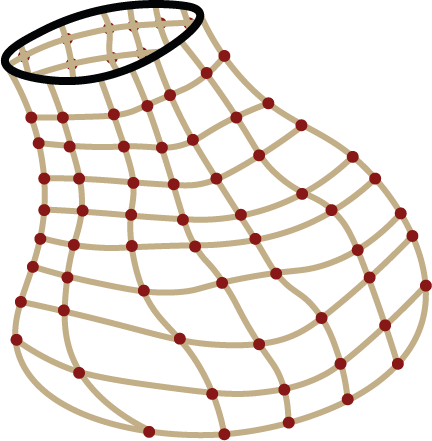
Hundreds of thousands of whales and dolphins become entangled in fishing nets every year. The nets prevent the whales from going to the surface to breathe, causing them to drown. Sometimes, they are able to breathe but are still entangled in the net. They may later die from injuries caused by the nets.
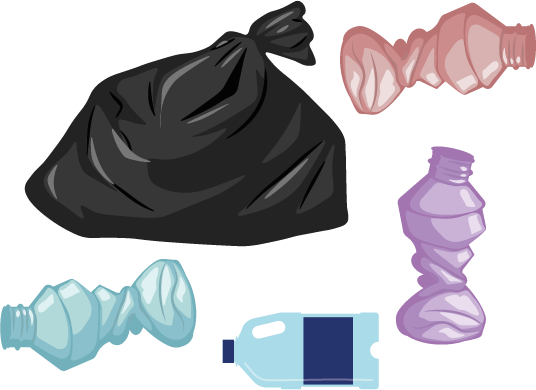
People use a lot of plastic. Much of this plastic ends up in the sea. Whales ingest both small and large pieces of plastic while hunting krill and fish. The plastic can release toxic substances into the whale’s body which poison it. If the whale eats a large piece of plastic, it makes the stomach feel full. The whale then eats less food and may die as a result. Also, ingested plastic can injure the whale’s body internally or cause blockages. It is estimated that thousands of whales die every year as a result of ingesting plastic.
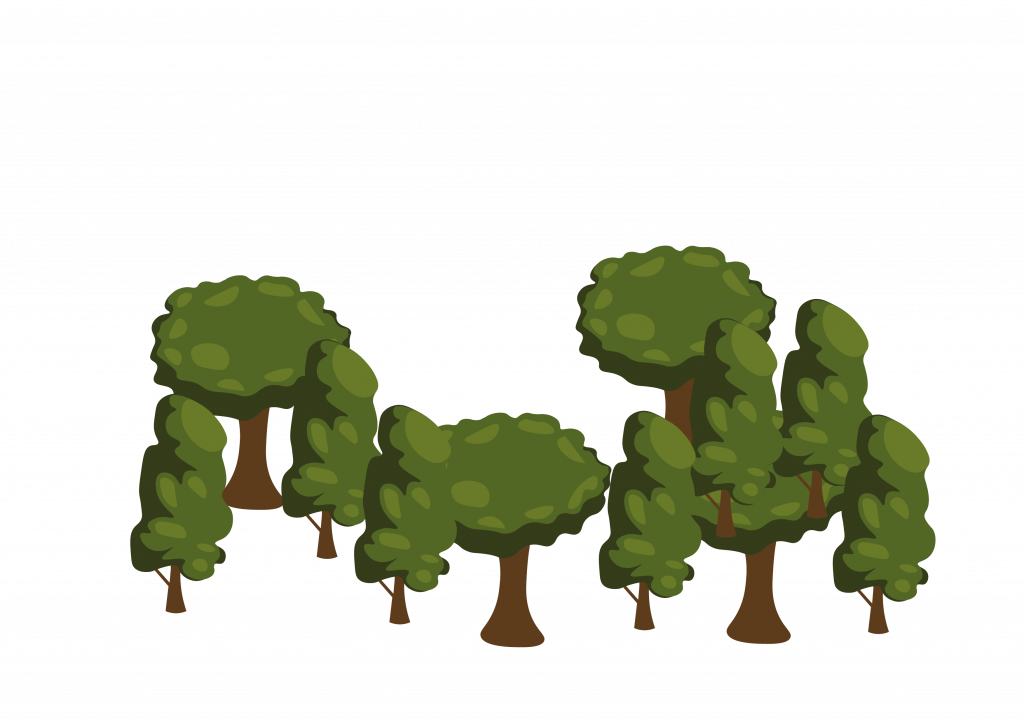
Trees produce oxygen and store carbon in their wood. When a tree is burned or rots, the stored carbon is released. This happens to individual trees and to forests, including large tropical rainforests, such as the Amazon. If such forests are cut down or burned, extra CO2 is created. This speeds up climate change.
Without oxygen there can be no life on earth. All organisms need oxygen to survive. Phytoplankton releases oxygen during photosynthesis. They need water and CO2 for that. All animals and people breathe that oxygen. Your every second breath originated from phytoplankton!
All living things are partially composed of carbon. They thus serve as carbon reservoirs throughout their lifetimes. The larger the animal, the more carbon is stored. Also, the longer an animal lives, the longer the carbon is stored. Some whales, such as bowhead whales, can live for more than 200 years!
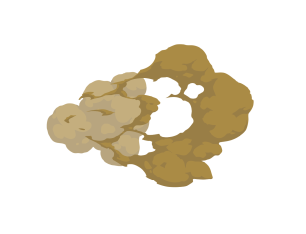
Whales poo. And that poo is very important for the sea! This poo is usually excreted at the sea surface, the place where the sun shines and phytoplankton live. The nutrients in whale poo allow phytoplankton to grow and therefore increase their absorption of CO2 from the atmosphere.
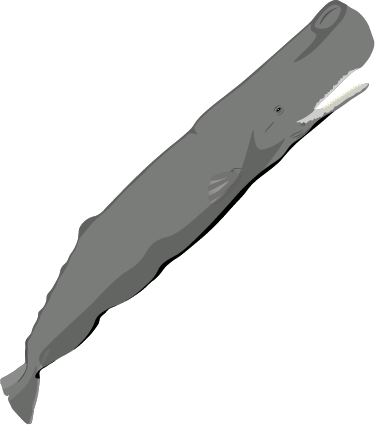
Some whale species swim all the way from the deep sea up to the sea surface. As a result, they bring a flow of nutrients, such as nitrogen and iron, to the surface. We call this process the whale pump. These nutrients stimulate phytoplankton growth.
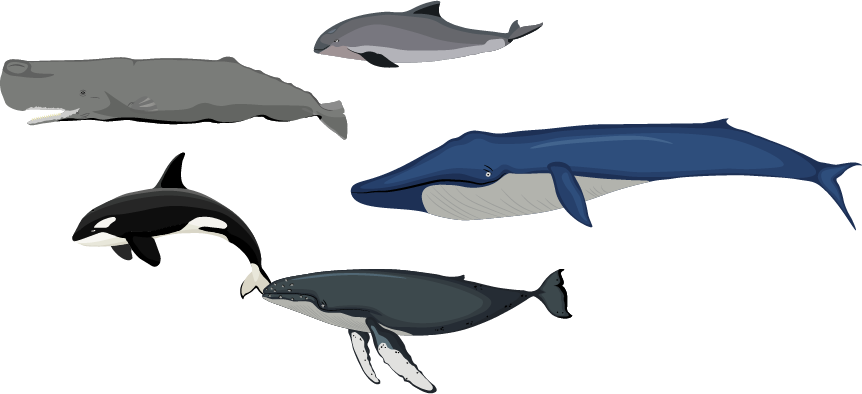
Many whales migrate from nutrient-rich feeding areas around the poles to nutrient-poor breeding areas at lower latitudes. Along the way and in the breeding areas, they produce poo and urea that is rich in nitrogen. This transport of nutrients through ocean basins stimulates the growth of phytoplankton there.

When a whale dies, its body sinks to the bottom of the ocean. A whale carcass can last for thousands of years! There are enormous amounts of carbon stored in these carcasses. A whale absorbs about 33 tons of CO2 during its lifetime, which is equivalent to thousands of trees!

Krill consistst of very small animals that live in the sea. They are usually no bigger than your index finger. Yet they are important for life underwater.